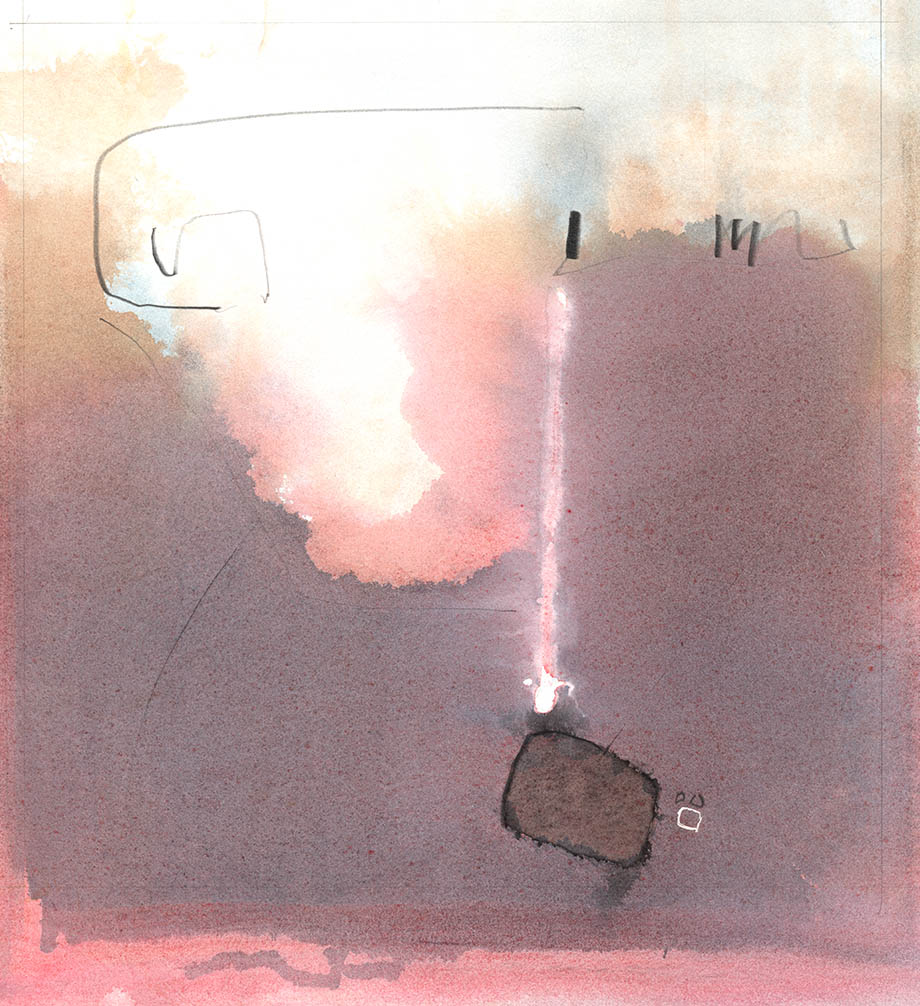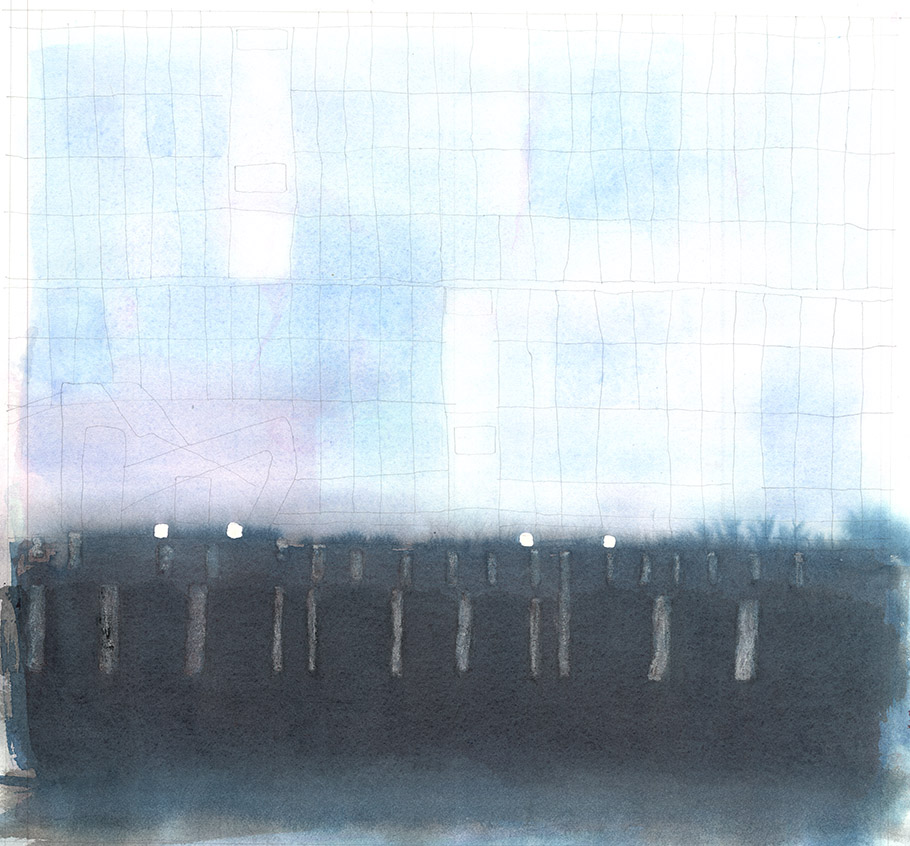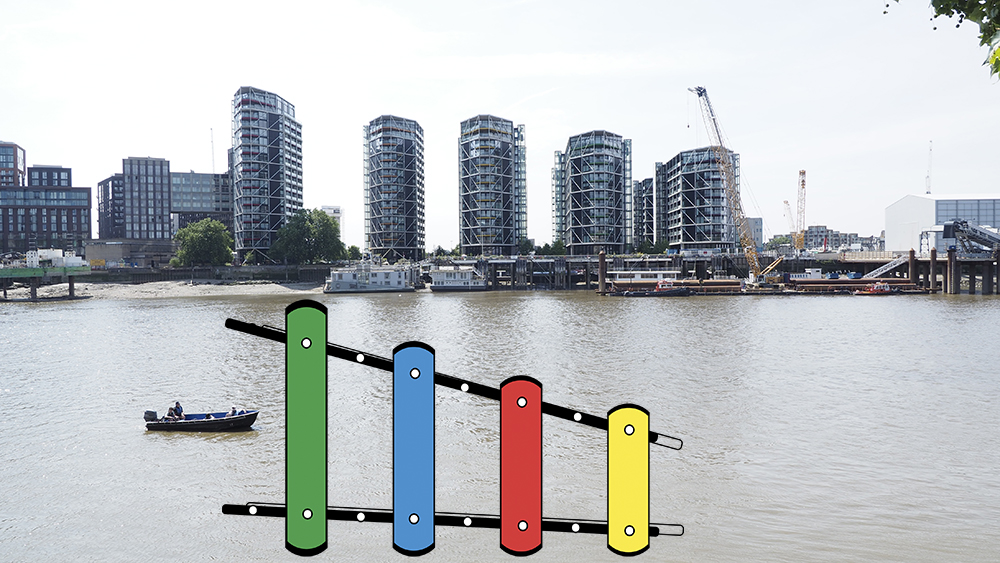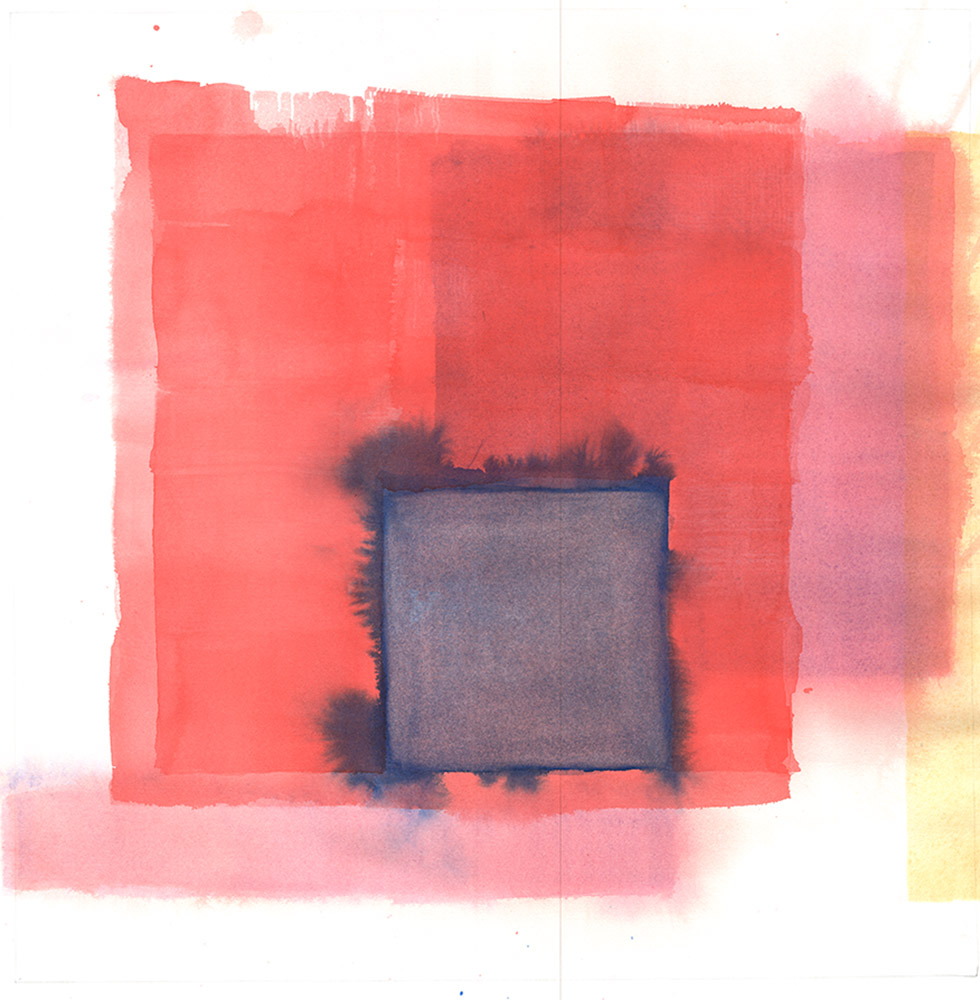Edward Hutchison watercolours
Following his brilliant book on Drawing for Landscape Architecture: Sketch to Screen to Site, Edward Hutchison has opened an even more dazzling exhibition of watercolour painting – at Bankside Gallery 48 Hopton Street London SE1 9JH, by Tate Modern Exhibition 4th – 22nd July.

The drawings show how good landscapes are designed and built. The paintings show the qualities of which designers dream. Above all they show luminosity. The paintings are classified under five headings: Soil, Plants, Travel, Nine Elms London and Abstract.
For me, the Soil paintings are the most surprising and most welcome. As the artist states, the paintings ‘portray the microscopic dynamics present in soils’. It is a little understood and hardly-seen world, of great complexity and great importance to life on earth – and the landscape architecture profession. Its luminosity normally resides in our imaginative faculties, which, unaided, are inadequate to the task.

The section on Nine Elms also appeals to my artistic and professional interests. With notable tact, Edward writes that ‘One concern has been the poor quality of cavernous open spaces resulting from such high rise buildings developed on individual plots. However there is a certain transient beauty created during the the transformation of old to new London’. Simon Jenkins’ statement that ‘I do not love the ugliness now being scattered at random along the banks of the Thames or the squalor of London’s skyline’ appeals to the brain, rather than the eye or heart. Edward’s analysis is all the more astute for its visual quality. The developer’s would have done well to ask his professional advice on how to give London’s riverscape the living luminosity of vibrant landscapes. Cosmetic ‘landscaping’, whether at ground level or roof level, is an insult to London and will injure the developers’ profit. They should also have


